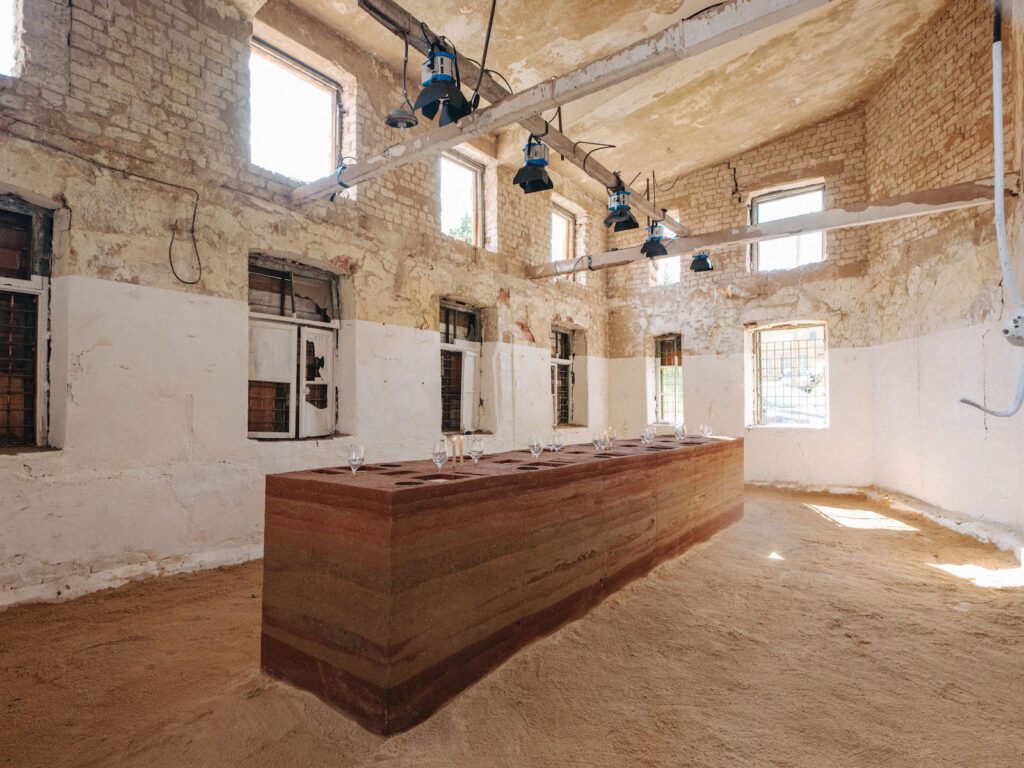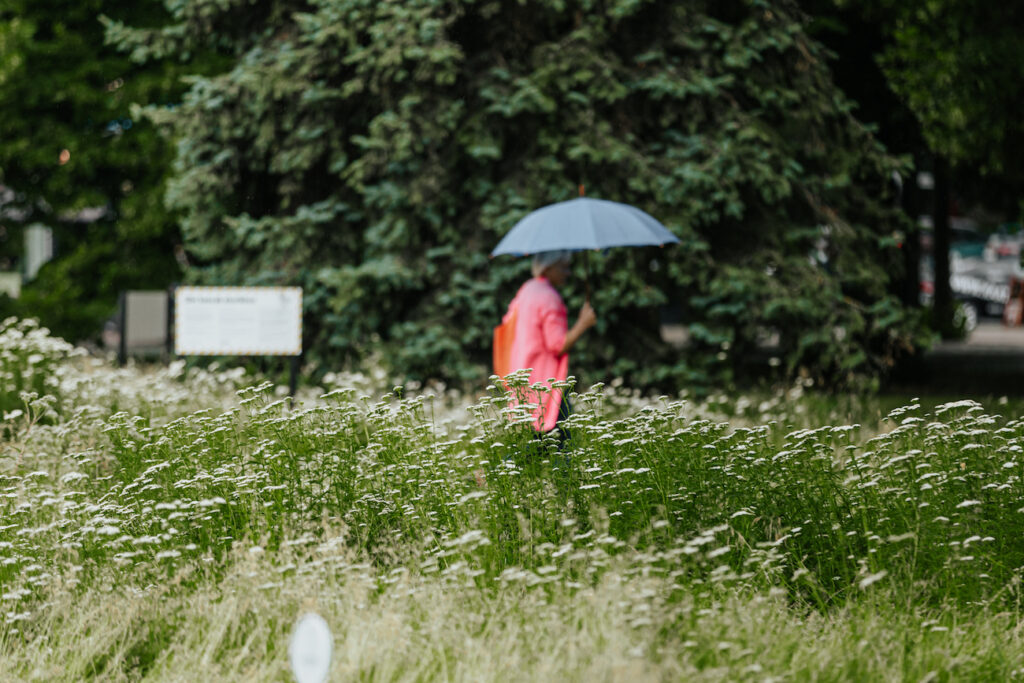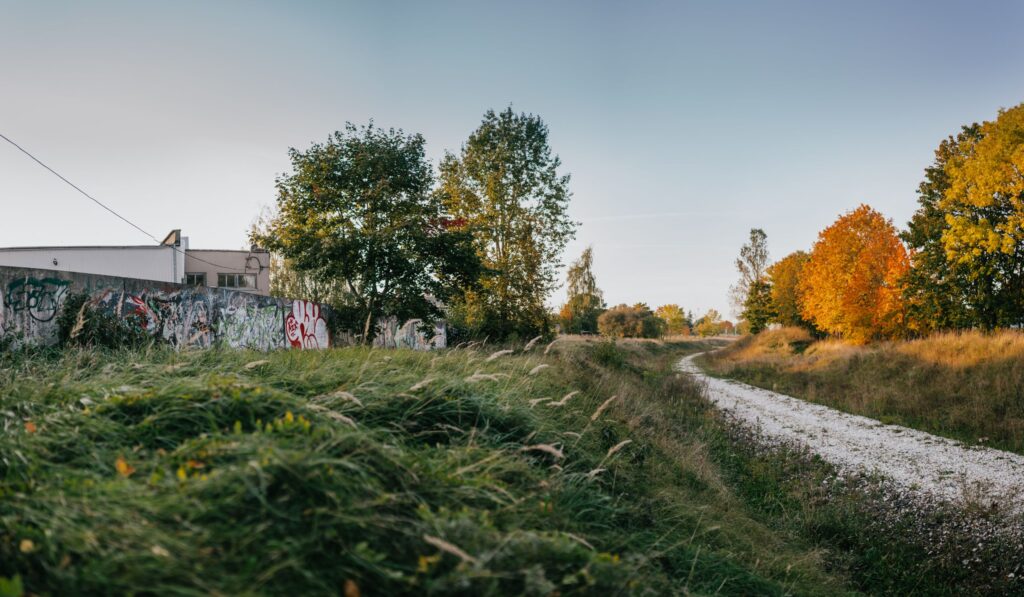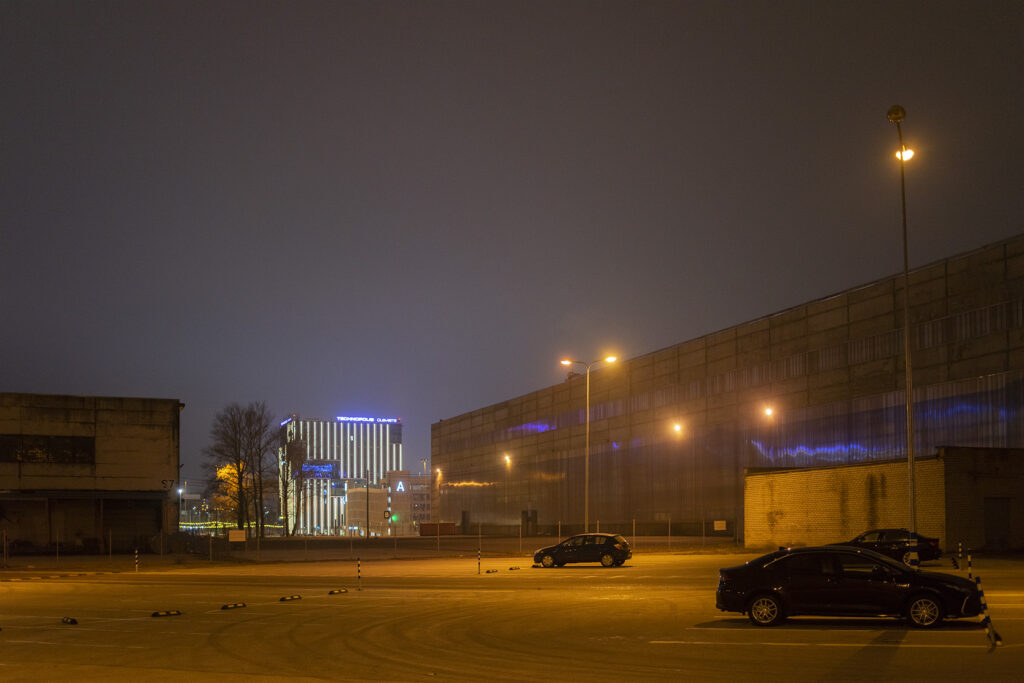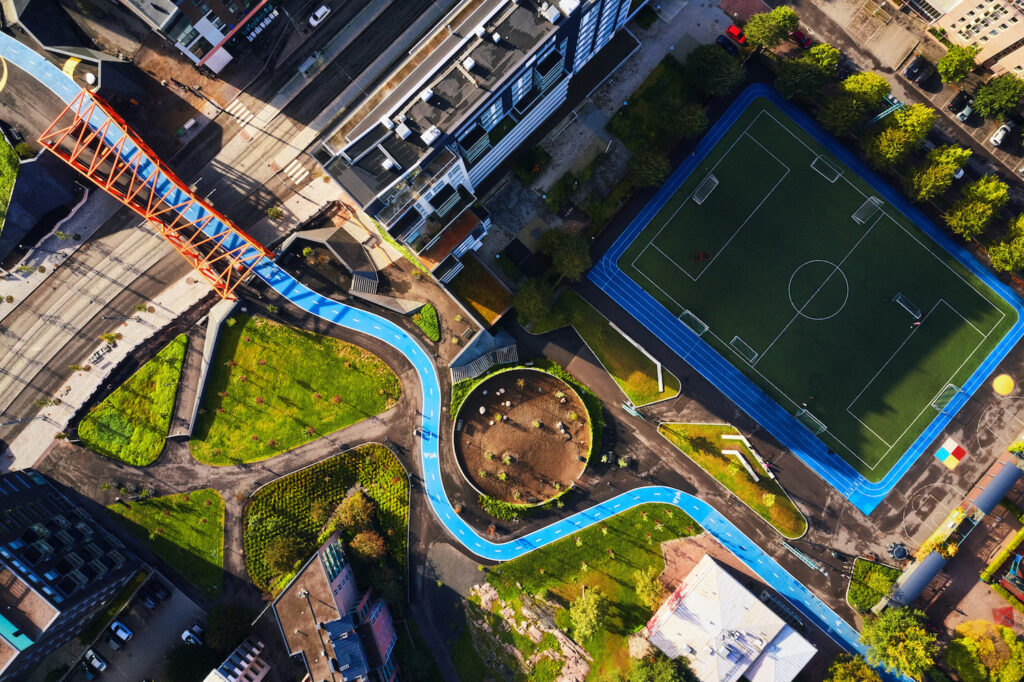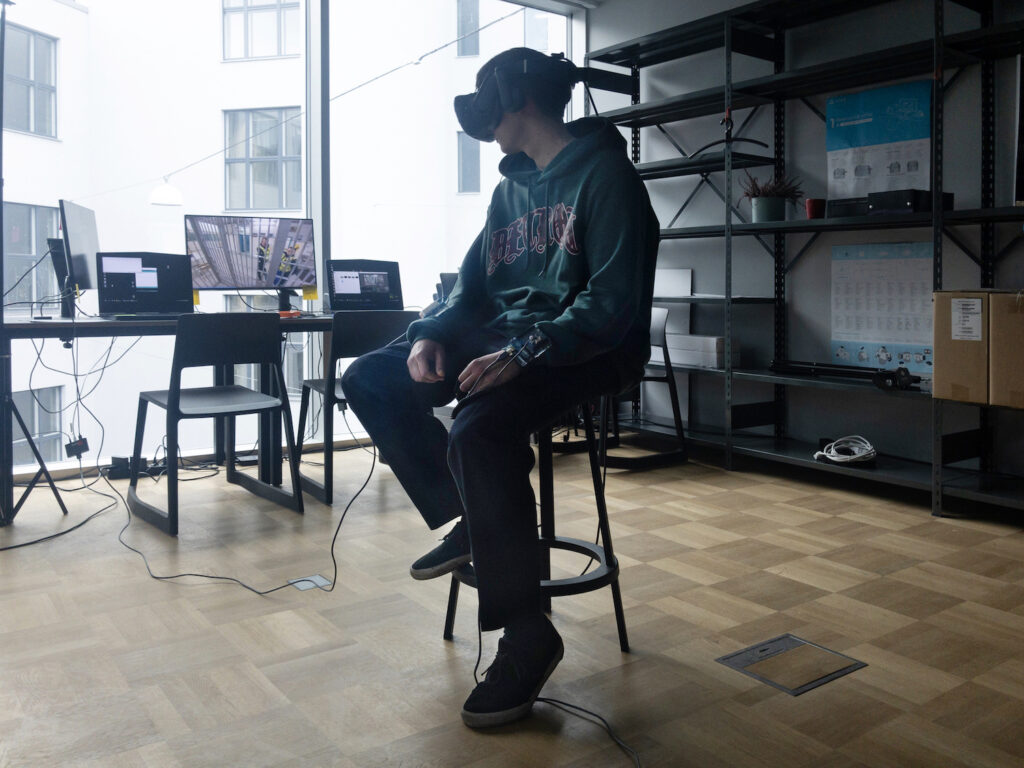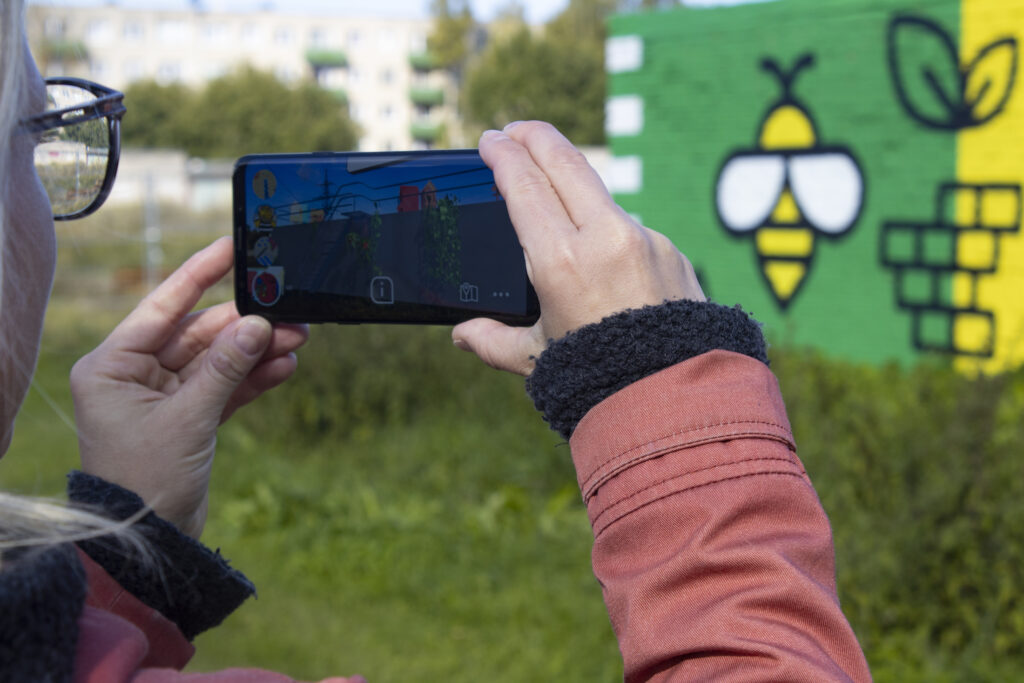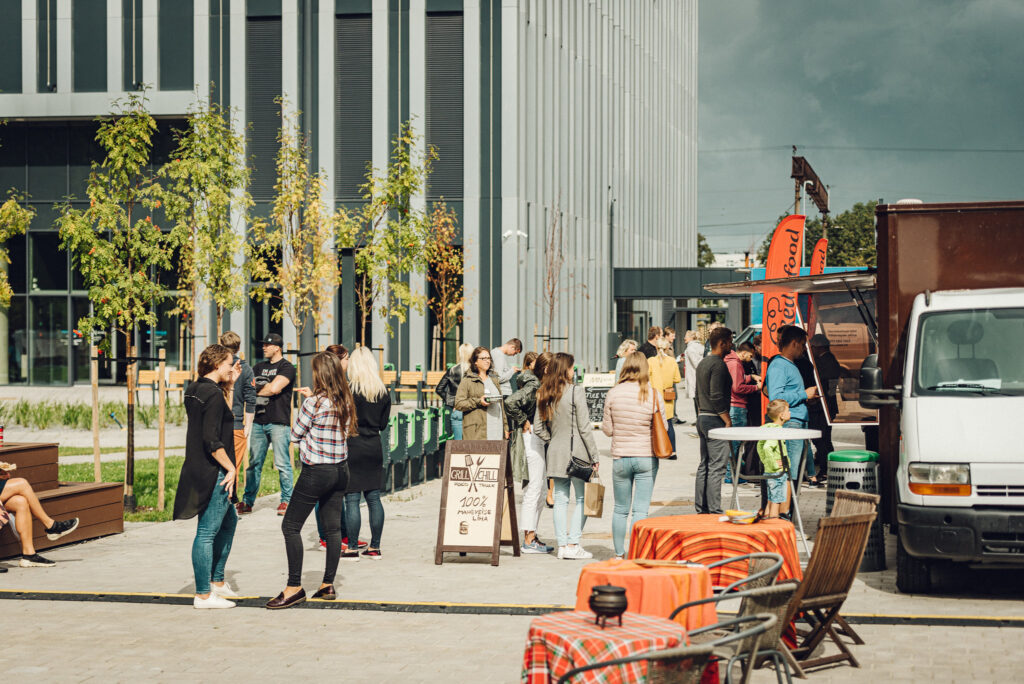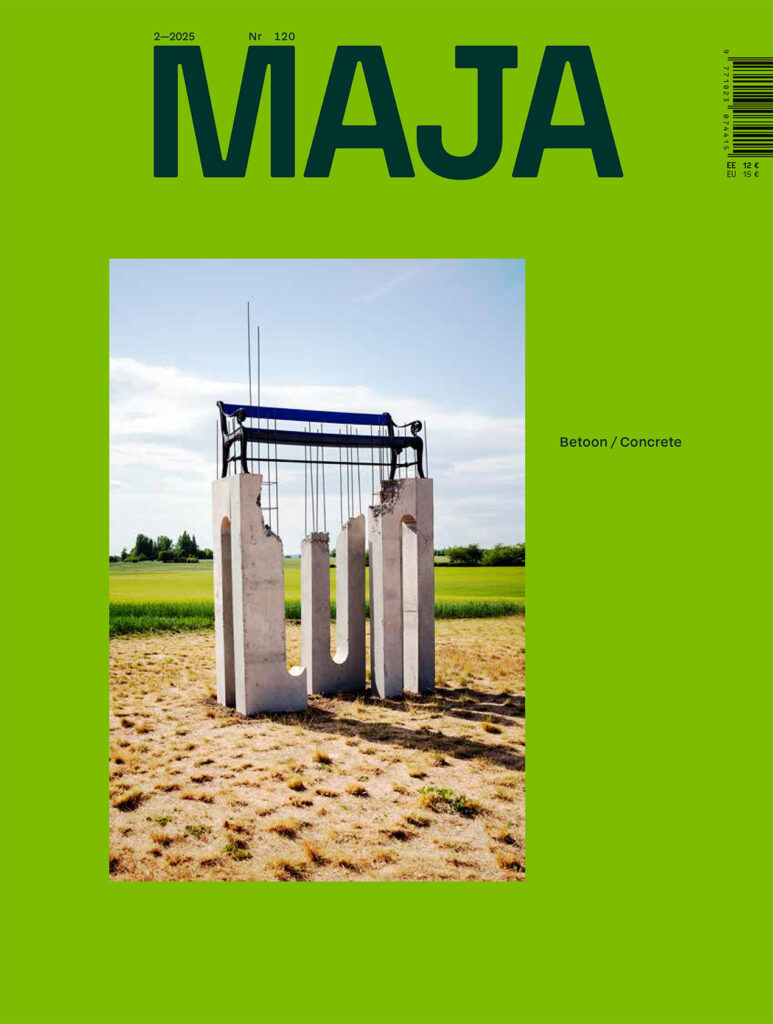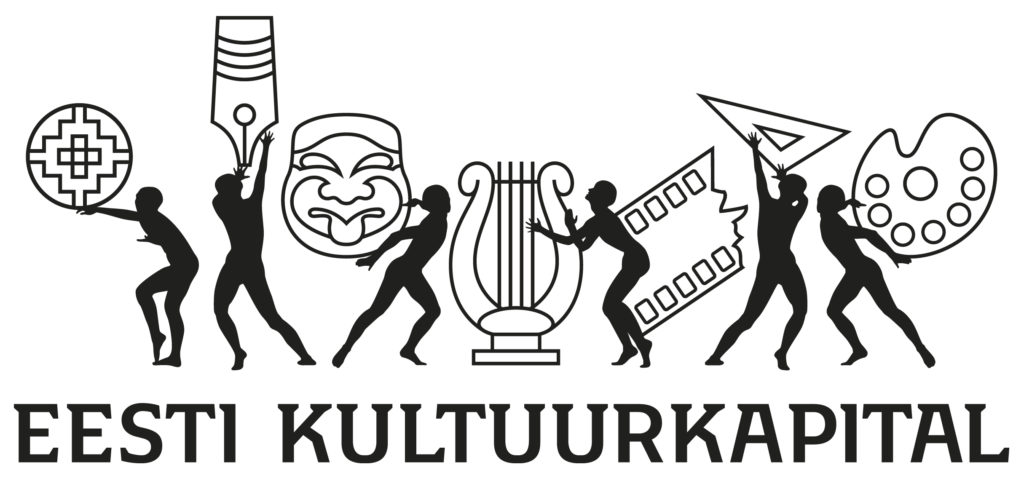SMART
A TV show called Restaurant 0 recently aired on Estonian Television, which focused on an experiment conceived by the Põhjaka chefs Ott Tomik and Märt Metsallik to open a conceptual restaurant in Viljandi within a single week. A question was raised on how it is possible to live sustainably and peacefully in a time when ecological catastrophe is imminent. Is it possible to establish a restaurant on zero budget and with zero footprint? The chosen location was an idle, rather deserted-looking 18th-century building in Viljandi. Studio kuidas.works was summoned to devise a spatial solution for the project.
The Curated Biodiversity landscape laboratory in Tartu has organised six experiments so far. Running a small operation, we might not be able to change the world at the snap of a finger, but we can start with what we can handle.
The role of greenery as a climate hero cannot be measured only by the size of green areas or the number of trees. The Green Area Factor is the ability of the plot or area as a whole to balance the built environment’s climate impact.
Ülemiste City presents itself as a compass for the future and the first smart work and living environment in Estonia. The contemporary approach to smart living environments focuses on the needs of the people. We will explore to what extent Ülemiste district meets people’s environmental psychological needs.
The objective of landscape architecture should be climate positivity. This will most likely manifest when landscape carbon positivity becomes a sales argument or a general policy, and amendments to legislation are made.
Mida rohkem kahaneb ühistranspordi kasutajate arv, seda vähemaks jääb liine ja väljumisi ning seda raskem on konkureerida personaalsete liikuvusteenustega. Kuidas murda seda nõiaringi, mõeldes kliimakriisile?
In 2013, American political theorist Benjamin R. Barber convincingly argued that contemporary cities are better poised than nations to solve global problems. According to Barber, this is also true for the responses to climate change: ‘Where states can be said to have done the least, cities have done the most.’
Biometric technologies and spatial computing—could enhanced communication between human and machine transform our spatial experiences beyond all recognition?
Apps and other digital applications have gradually found their way into the spatial design toolkits of Estonian local governments. I asked various local governments what kind of digital co-creative and engagement tools they have launched for smart governance.
Ülemiste City has in the past 15 years evolved from industrial urban fringe to international smart city district. We inquired from the developers about the problems they are tackling in Ülemiste district and how they are assisted by science and technology in solving them.
Postitused otsas
ARCHITECTURE AWARDS


